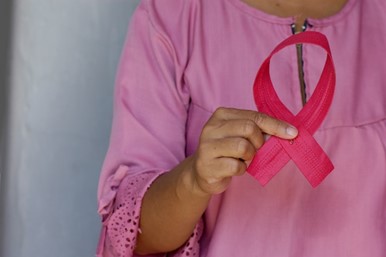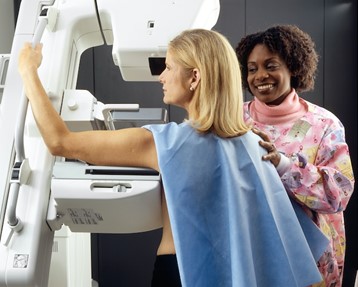
A breast cancer diagnosis is no longer a death sentence — especially when it is detected early.
According to University of Michigan research, just 3% of women with breast cancer in an early stage will die within 20 years. When detected early and in a stage where breast cancer is localized, there is a 99% five-year survival rate.
While diagnosis is drastically less dire today than even just decades ago, breast cancer requires diligence and dedication to regular doctor visits because of its prevalence. It is considered the second-most common cancer in American women other than skin cancer.
Chike Aguh Gynecologist explains that throughout the United States, 1 in 8 women will receive a breast cancer diagnosis at some point in their lives. About 298,000 women and 2,800 men are expected to be diagnosed in 2023 with an invasive form of breast cancer.
Today, innovations in treatment approaches and early breast cancer detection are doing nothing less than saving hundreds of thousands of lives every year.
How Breast Cancer is Detected Early
Protection against breast cancer begins before one receives their first test.
Awareness programs offer educational resources about the disease, help locate low-cost testing and outline risk factors associated with the condition, such as ethnicity, weight, inherited gene mutations, family history, and breast density. Signs of breast cancer include a mass or lump, changes to breast color and shape, and irritated skin. and consistent pain.
The biggest key is fighting breast cancer is having regular mammograms, X-rays of the breast that can reveal early cancer signs.
When a mammogram shows something considered abnormal, additional mammograms may be taken and patients are commonly referred to a surgeon or breast specialist, experts in diagnosing a range of issues related to the breast. A biopsy is undertaken when imaging shows a change in the breast to get a definitive answer to whether cancer is present.
Other forms of imaging are also suggested to help with detection that is early and accurate. In addition to mammograms, the American Cancer Society recommends such exams as a breast MRI, a breast ultrasound, or certain imaging tests considered experimental. Women are also encouraged to perform self-tests when they feel something is not right.

Screening for Breast Cancer
Many factors contribute to the frequency and type of breast cancer screenings. Those with an average risk of developing the condition do not have a family history or a genetic mutation.
Still, it’s recommended that women of average risk can consider getting annual mammograms when they are between the ages of 40 and 44, while women 45 to 54 should be tested once a year. Healthy women 55 and over can opt to have a mammogram every other year.
Early Treatment Options for Breast Cancer
Because of early detection, deaths attributed to breast cancer fell 38% between 1989 and 2014.
Early treatments have contributed greatly to this reversal of fortune. Common treatment approaches for cancer when detected early include chemotherapy, hormone therapy, and immunotherapy. There is also HER2-targeted therapy if a tumor tests positive for the human epidermal growth factor receptor 2.
Early breast cancer can also be treated with a combination of the approaches above with surgery and radiation therapy. Those with early forms of breast cancer commonly opt for either a lumpectomy, when the tumor and part of the tissue surrounding it are removed, or a mastectomy, when the whole breast is removed.



